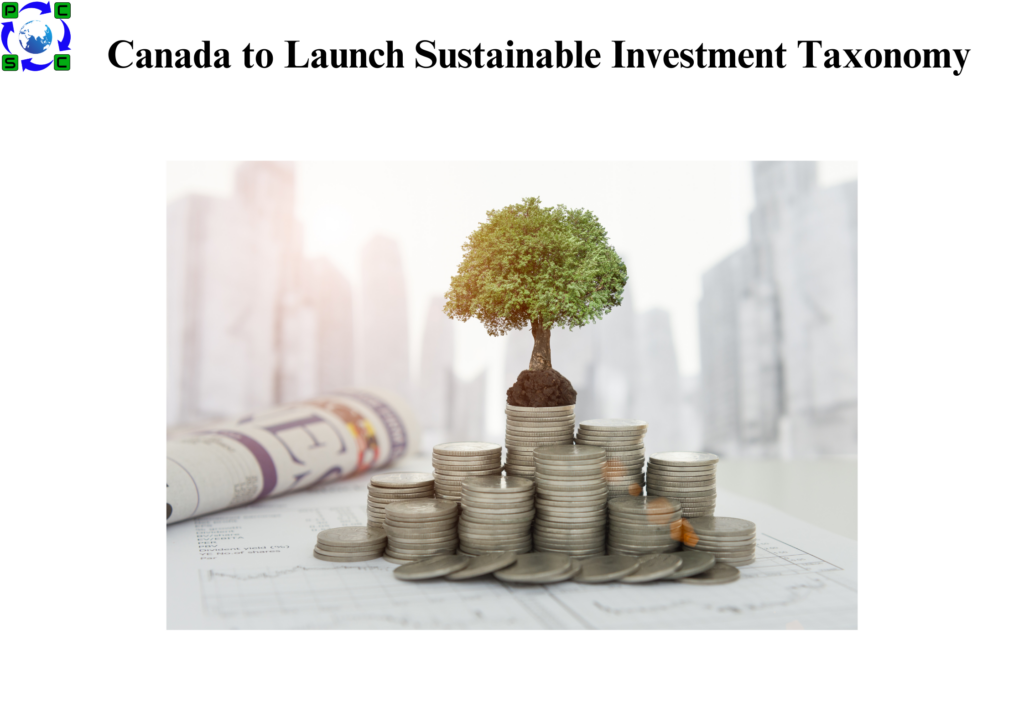 In order to facilitate financial flows and investments required to meet the targets of achieving net-zero emissions by 2050 and limiting global temperature rise to 1.5°C, the Government of Canada announced plans to create a new sustainable investment taxonomy, a set of guidelines to help categorize sustainable economic activities, in the coming years.
In order to facilitate financial flows and investments required to meet the targets of achieving net-zero emissions by 2050 and limiting global temperature rise to 1.5°C, the Government of Canada announced plans to create a new sustainable investment taxonomy, a set of guidelines to help categorize sustainable economic activities, in the coming years.
Both “green” and “transition” categories will be included in the new taxonomy, which businesses and financial institutions can employ voluntarily, according to the government.
The government also revealed intentions to make climate-related reporting for big businesses mandatory in addition to the new taxonomy.
Canada’s ambitions are the most recent of a number of international efforts to construct a taxonomy system for defining sustainable economic activities. The EU, UK, Singapore, Hong Kong, and Australia have already developed or are developing such systems. According to the Canadian government, a fundamental tenet of its new taxonomy is interoperability with other significant science-based taxonomies and frameworks throughout the world.
The government claims that by helping investors understand which economic activities will help the nation achieve its climate goals, the new taxonomy will help mobilize investment to support the country’s net zero transition. Use cases for the taxonomy include categorizing financial instruments related to climate change or assessing the green or transition credentials of investments and businesses.
High-level definitions of “green” and “transition” activities are as follows: “low-or zero-emitting activities, such as green hydrogen, solar, and wind energy generation, or those that enable them, such as electricity transmission lines and hydrogen pipelines.” “Decarbonizing emission-intensive activities that are critical for sectoral transformation and consistent with a net-zero, 1.5°C transition pathway, such as installing lower-emitting (electric) furnaces to produce steel.”
The taxonomy’s first focus will be on industries such as manufacturing, transportation, buildings, forestry and agriculture, power, and extractives, which includes natural gas and the mining and processing of minerals. Notably, the government stated that while new natural gas production is unlikely to be included in the taxonomy, efforts to drastically reduce the carbon footprint of current natural gas production may.
Third-party organizations will create and oversee the taxonomy, which will be made available for the first two or three priority sectors within a year of the organizations’ start.








 Authorised IMDS & CDX Training & Consulting partner for
Authorised IMDS & CDX Training & Consulting partner for





